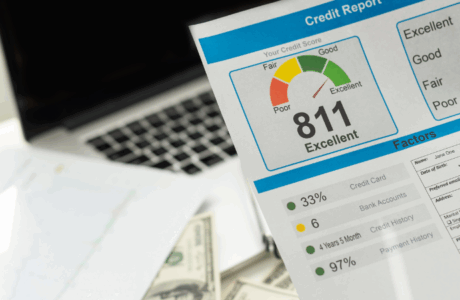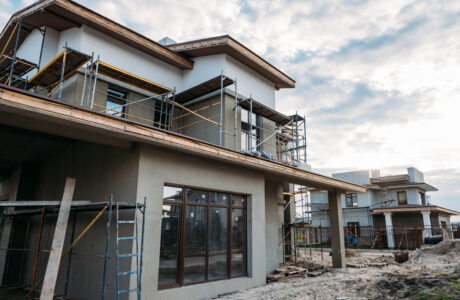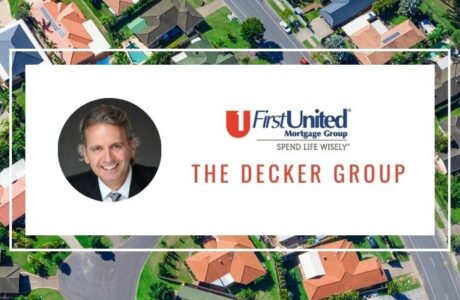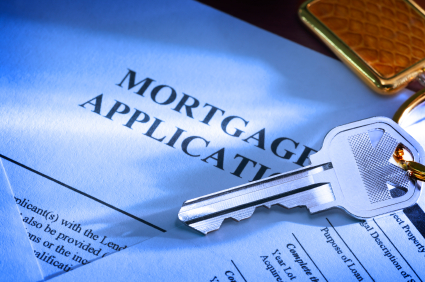An adjustable rate mortgage starts with an initial rate that is fixed for a certain period of time (generally three, five, or seven years) and then adjusts annually according to the market and the terms of the loan. The loan terms will dictate how much the rate can increase and this amount is generally capped at one number for the first year, another for each subsequent year, and another for the life of the loan. For example: an initial rate might be 5%, with the possibility of going up 2% the first year, 1% each additional year, and 4% over the life of the loan.
It is important to understand that the interest rate will not necessarily go up when your loan adjusts. Right now (9/13/2010) rates are extremely low. Adjustable rate mortgages are tied to certain indexes, or measurement of change in a financial market. Many are tied to the 1 year LIBOR (the London Interbank Offered Rate) and when the loan adjusts the rate becomes the LIBOR plus the margin (another term of the mortgage indicating how much above the index the mortgage rate will be.) A common margin is 2.5% meaning that with today’s 1 year LIBOR rate of 0.82 a loan would adjust to 3.32%. No one should be too upset about that rate. Of course that rate would only be locked in for one year, and refinancing into a fixed rate mortgage would lock in today’s low rates for the life of your loan.
If your loan is set to adjust take a look at the current market, your existing loan terms, the loan terms available to you by refinancing, and how long you plan on owning the home.































Comments are closed.